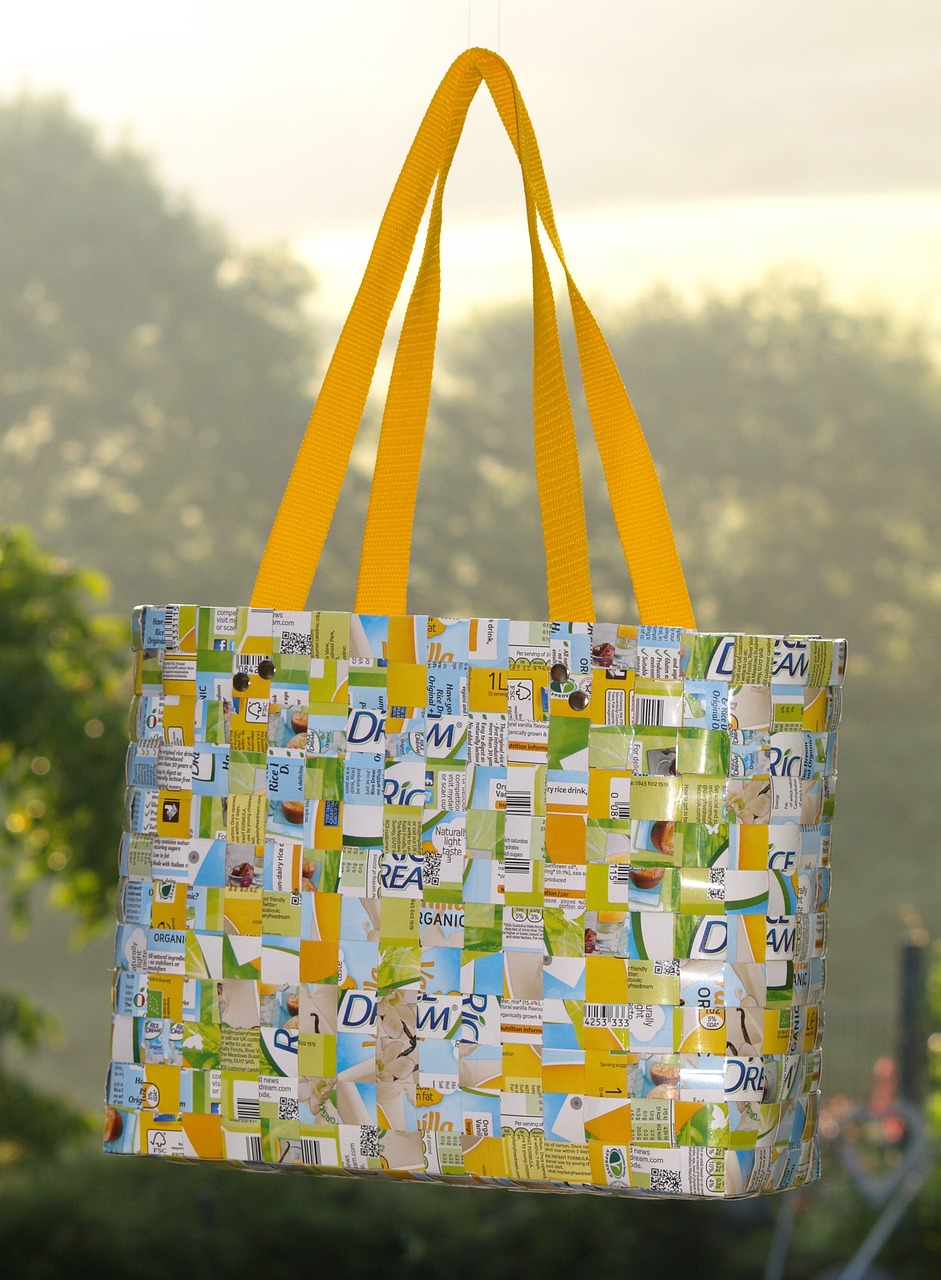Opportunities for Plastic Recycling
This article is about the different ways plastic is recycled after consumer disposal:
Reuse
Recycling
Composting
Waste incineration
Landfill sites
However, these recycling possibilities can only occur if the plastic has been properly disposed of by us - the consumers and also the industry. Unfortunately, nowadays waste is still left carelessly in nature and later enters the oceans. This is especially a problem for marine animals, which die miserably from our plastic waste.
That's why, at the end of this article, we show ways in which industry, but also each and every one of us, can improve the situation.
Reuse
Items made of plastic don't always have to become trash right away. Reusable packaging is made to be reused multiple times, such as many beverage bottles. They are taken back to the factory after use, cleaned and then refilled. This avoids a lot of waste.
In private use, many disposable packages can be replaced by reusable alternatives. Classic examples are the lunch box or thin nets for vegetable and fruit shopping. In the meantime, many everyday items and packaging are available in stylish reusable versions.
Recycling
One example of successful plastic recycling is the PET bottle: To produce new bottles, the old ones are melted down and processed into PET pellets. These can then be reprocessed into new PET items. This is possible mainly because the deposit system means that PET bottles are collected separately.
It is often difficult to recycle plastic because it cannot be collected by type. This can be caused by the fact that we do not sort the waste properly or that different materials are so strongly connected that they are very difficult to separate from each other. Unfortunately, it is then difficult to recover the plastic in its pure form or in optimal quality. The material can then no longer be reused for the same products - this is referred to as downcycling.

Beverage cartons are one example: In principle, it is possible to recover all components separately, but it is very costly. In most cases, only the paper contained in the carton is separated, while the plastic and aluminum components are incinerated as "substitute fuel".
In upcycling, on the other hand, a waste product is converted and given a new function, which means that it does not lose quality or is even upgraded. In this way, tetra packs can be recycled as handbags or plant pots in a few simple steps.
Composting
Some plastics are biodegradable, such as certain plastic bags. But that doesn't necessarily mean you can throw them on the compost at home - usually decomposition only works under the special conditions in some industrial composting facilities. Moreover, even then they do not decompose into valuable humus, but mainly into water and . It is therefore often better to recycle these plastics for energy (see below) - this way, at least energy is still generated.
Waste incineration
Products that (apparently) can no longer be recycled are thermally recycled, i.e. incinerated. This generates energy in the form of heat or electricity. However, thermal recycling also has disadvantages. This is because incineration produces and other toxic gases that cannot be completely filtered out of the smoke.
After all, at the end of a downcycling process, if a product really cannot be reused at all, it can have a useful purpose one last time through thermal recycling.
Landfill sites
When waste is incinerated, various substances often remain - some of this slag can be reused in road construction. However, there is often only one option left: it has to be stored in landfill sites.
Landfill sites produce climate-damaging greenhouse gas (methane). They also consume valuable space. If we don't come up with a solution or reduce our waste production, the existing landfill sites will be full in 20 years.
Waste management arranges various methods of plastic recycling on a "waste pyramid." The best measures are at the top, the worst at the bottom.
In the article, we have only dealt with five measures. One step is still missing for the pyramid, the "ultimate path" in terms of plastic waste.
What could be meant by this?
Responsibility of consumers
To prevent the recycling problem from arising in the first place, everyone can do something: avoid packaging wherever possible, buy long-lasting products, prefer natural materials or make things yourself.

There are lots of tips on how to do this in our How to live sustainably section!
Responsibility and development opportunities for manufacturers
But of course we consumers can't solve the problem alone. The manufacturers have to take more and more responsibility as well.
In some places, plastic packaging may not be so easy to avoid. In this case, however, the plastic should at least be easy to recycle, i.e. only made from a type of plastic that can be recovered well and in pure form.
While the industry is not yet ready, research is working on better processes for plastic recycling. Perhaps it will soon be possible to separate even mixtures of grades and recover the raw materials they contain. So far, however, there is no widespread application for these processes.
And of course, rethinking product design can also help: Plastic packaging can be slimmed down or often simply omitted. If you absolutely have to have a colorful printed label, you can switch to other materials (such as paper).
Sources:
Downcycling and Upcycling: Lexikon der Nachhaltigkeit, getraenkekarton.at
Bio-plastic: Umweltbundesamt und Deutsche Umwelthilfe
Thermic recycling: Umweltbundesamt
Landfill: Umweltbundesamt
Plastics in residual waste: Umweltbundesamt, Umweltbundesamt
New research on recycling: Recycling of Polymer-Based Multilayer Packaging: A Review
Pictures: